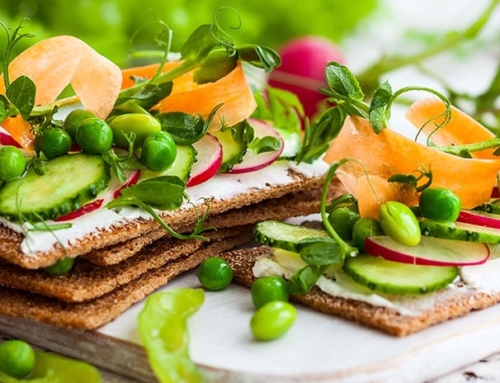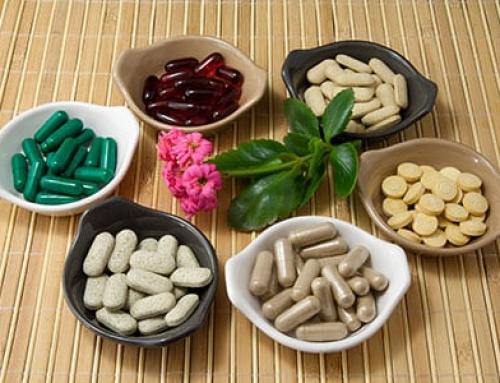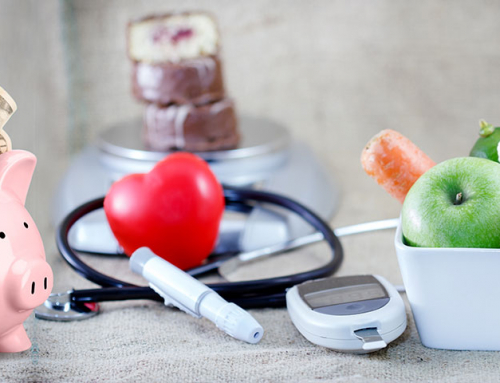Results from a study appearing in the May 2010 issue of Circulation: Journal of the American Heart Association, suggest that women with type 2 diabetes who ate the most bran had a 35% lower risk of death from heart disease. As a component of whole grain, bran is rich in vitamins, minerals and fiber.
According to the senior author of the study and assistant professor at the Harvard Medical School, Lu Qi, M.D., Ph.D., “Patients with diabetes face two to three times the risk of cardiovascular disease and premature death compared to the general population.” Qi added, “The findings suggest a potential benefit of whole grain, particularly bran, in reducing death and cardiovascular diabetic patients.”
This news is new, and it isn’t. We’ve all been told over and over again about the benefits of bran and fiber. However, on average we only consume 10 – 15 grams of fiber per day, about ½ of the recommended daily fiber.
Since heart disease is the most common diabetes complication, we want to reach the goal of consuming at least 25 grams of fiber a day and, if possible, up to 50 grams of fiber each day.
Do this gradually so you don’t scare your friends away. “beans, beans are good for your heart, the more you eat, etc.” Speaking of beans, there is an abundance of fiber in one serving. For example: only ½ cup of beans provides 5-10 grams of fiber.
Let me walk you through a high-fiber day:
Breakfast: With all the high fiber breads and cereals on the market – it’s simple to get a lot of fiber to start your day. Look closely. A higher fiber food should have at least 3 grams per serving. Be sure the ingredient list includes “whole” (ex: whole wheat or whole grain). To make high fiber cereals more palatable, sugar is added. Look at the label carefully to make sure sugar isn’t too high. Hot cereals are my favorite. Add psyllium husks (a soluble fiber) or bran (insoluble) or flaxseed meal (insoluble) to sneak in an extra dose of this award-winning fiber!
Snacks: Fruits and vegetables are great sources of fiber plus vitamins and minerals. A typical fruit or vegetable serving provides approximately 2-4 grams of fiber or more. Mixing nuts with your fruit will add even more fiber. Hummus dip (made with garbanzo beans/chick peas) with your vegetables will be a delicious and healthy snack. Try a cup of raspberries (10 grams of fiber) and some dark chocolate mini morsels and chopped walnuts, yum!
Lunch: Add kidney or garbanzo beans to your salad. Soups with fiber include pea soup or mushroom barley soup. Choose higher fiber bread, rye, whole grain, etc. for your sandwiches. There are now tortilla wraps with high fiber to help you reach your goal for the day. Don’t forget the lettuce, tomato and other veggies that can be added to bulk up your sandwich so you’ll feel fuller. Or, have a piece of fruit with your sandwich.
Dinner: If you add a salad and/or vegetables to your meal you will be adding fiber and nutrients. Brown or wild rice, whole wheat pasta, quinoa, kasha, barley and other grains, potatoes with the skin (especially sweet potatoes) are great choices for meeting your daily fiber goals.
Remember that eating fiber not only decreases your risk of heart disease, fiber also carries out cholesterol (especially soluble fiber), slows down the digestion of foods to level out your blood sugar, gives you more sustained energy levels and reduces your appetite. Fiber promotes regularity and cleanses your system.
NOTE: Consult your doctor first to make sure my recommendations fit your special health needs.






Leave A Comment